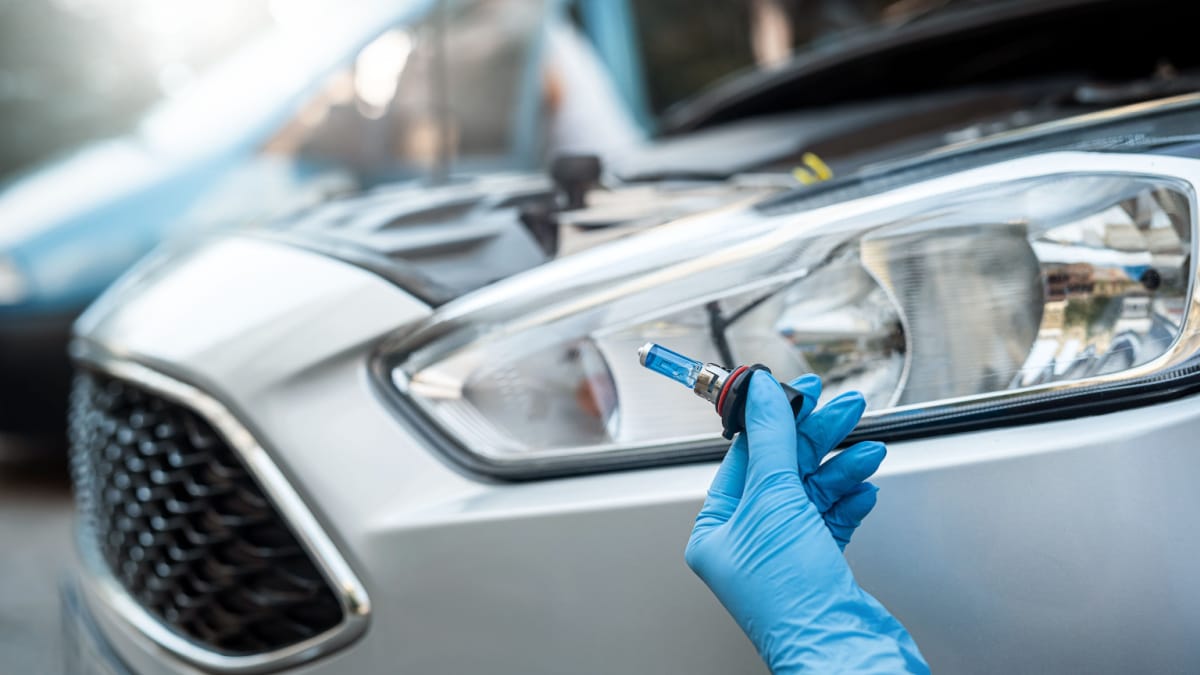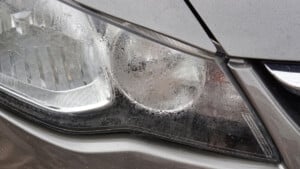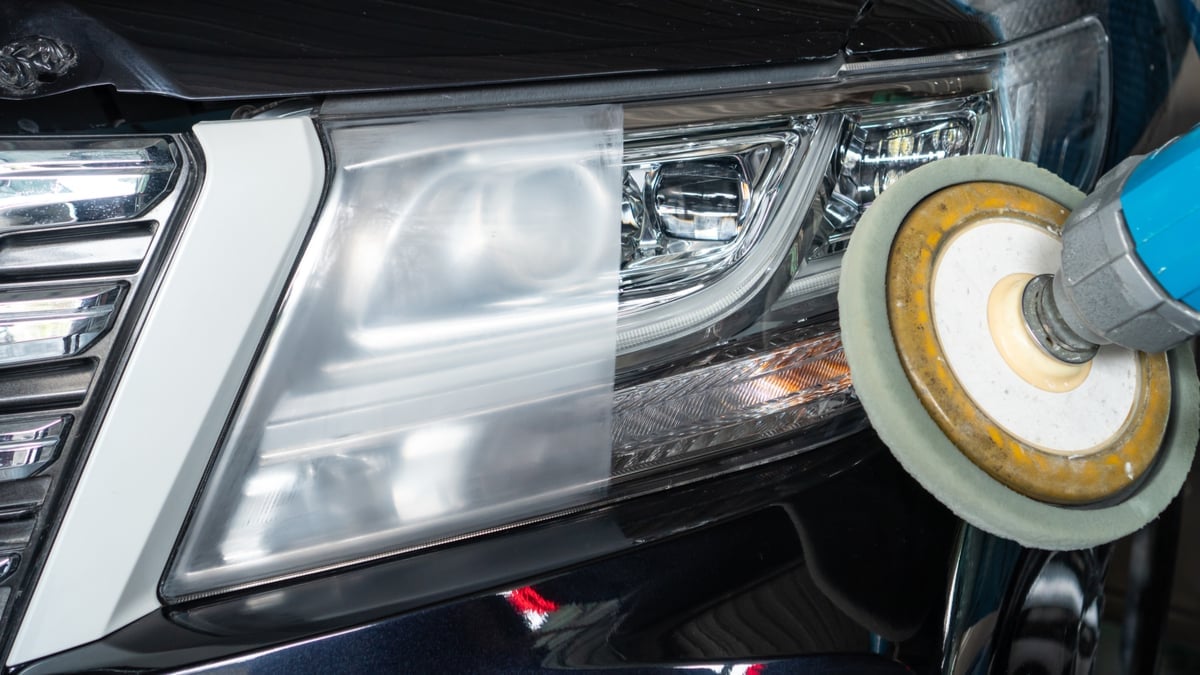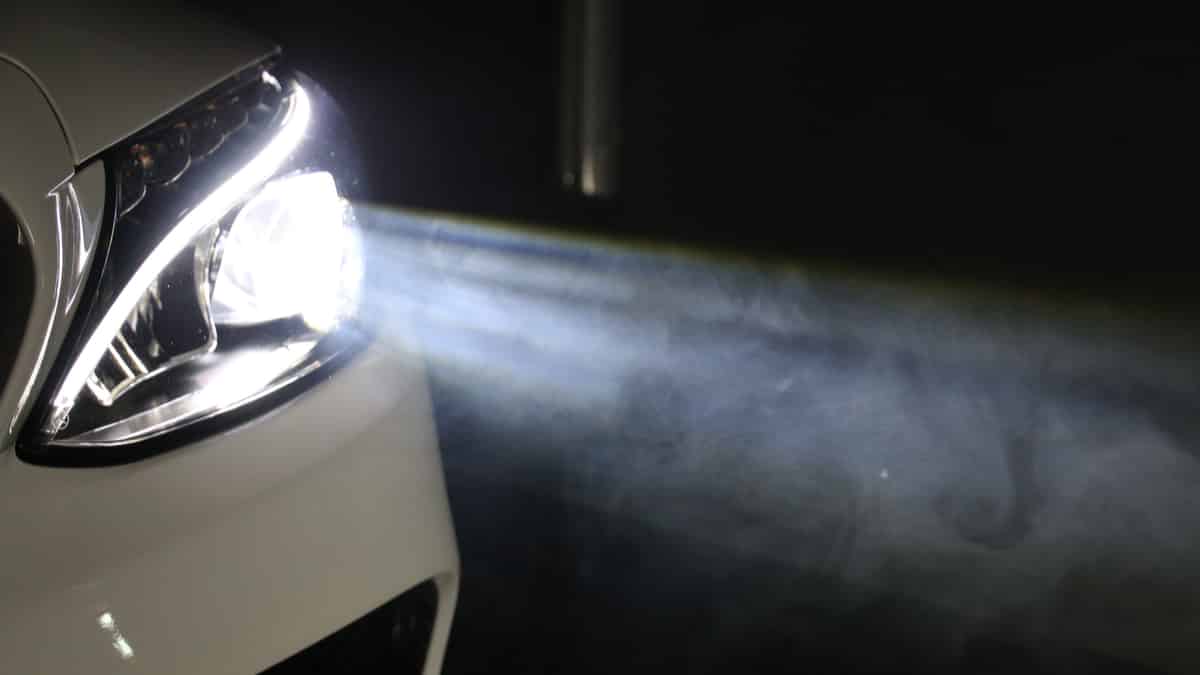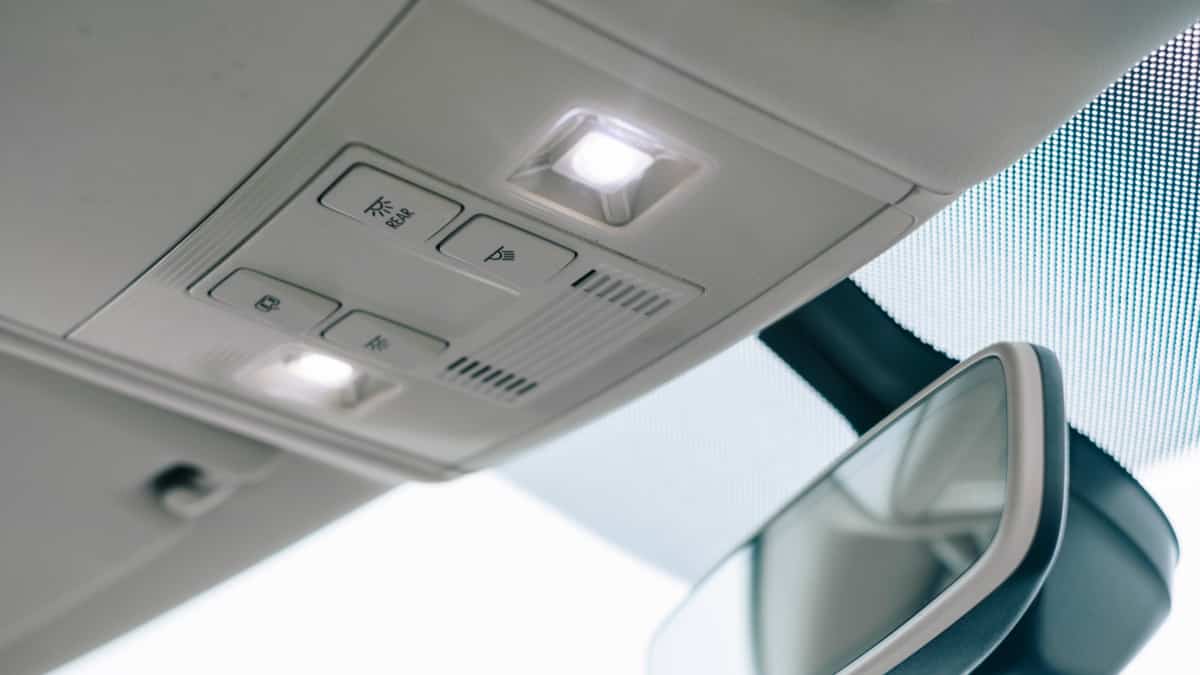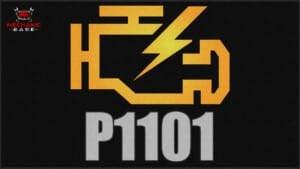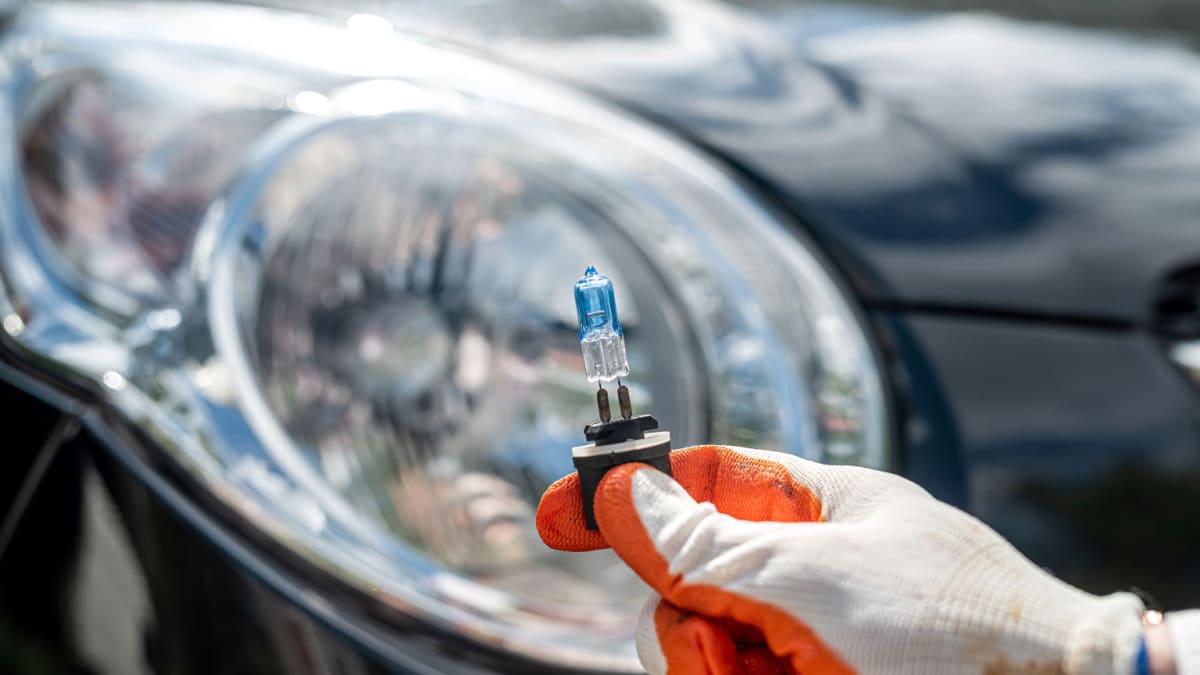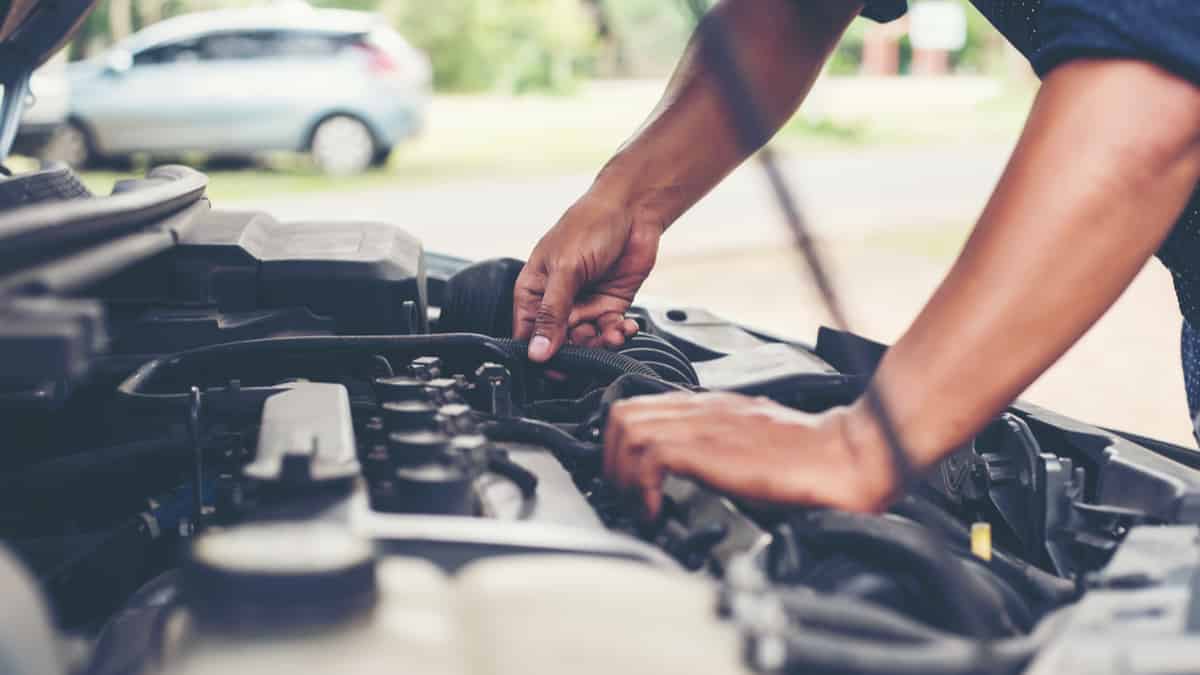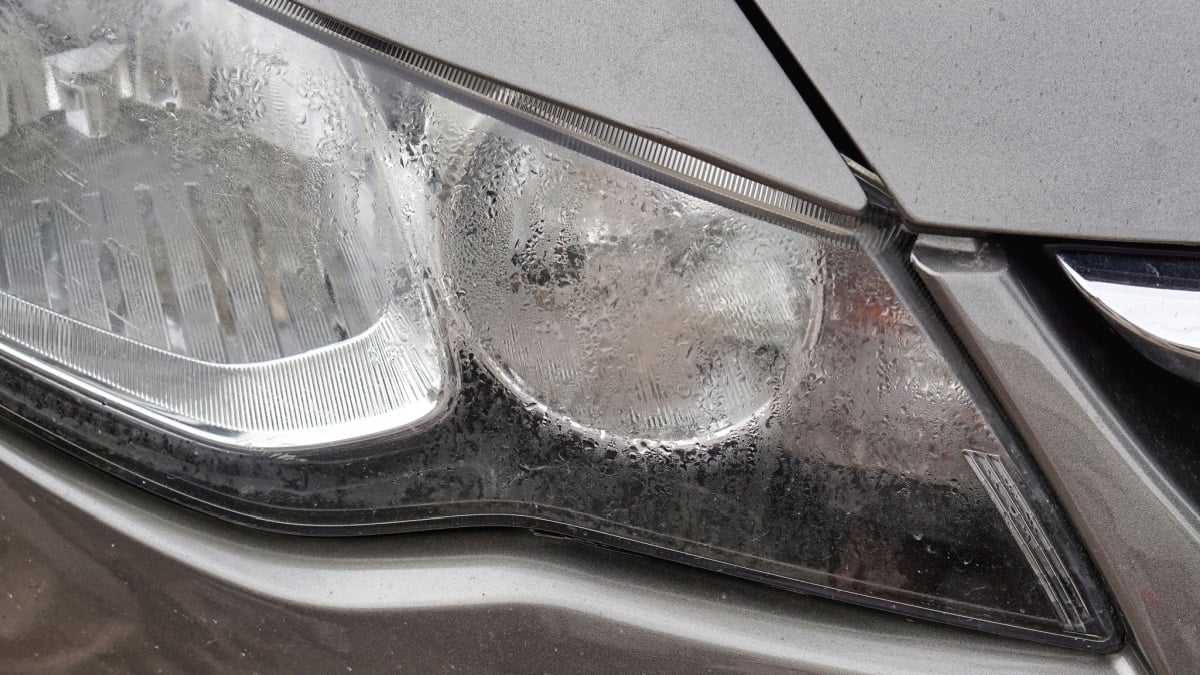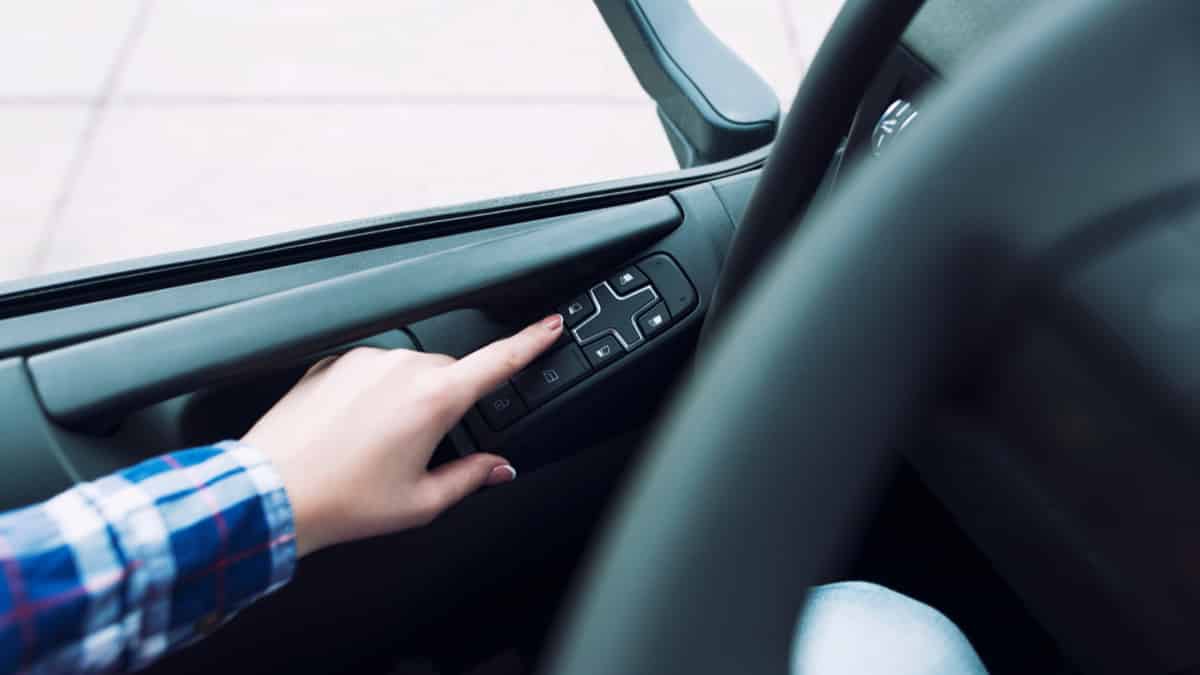When both headlights go out, you have a serious safety issue to resolve. It would be unwise to drive at night with both headlights not working. Thankfully, most issues are simple to fix, especially if you have some mechanical knowledge.
If you want to drive at night again, you need to look at the possible causes of the headlights not working. We also cover some quick fixes to get the headlights working again and we answer your top questions in this guide.
Causes Of Both Headlights Not Working
A bad headlight switch or bad relay could be to blame if both your headlights are not working. It’s also possible that the bulbs are bad or the wiring is faulty. Additionally, don’t overlook the possibility that you used the wrong bulb type or that a fuse is blown.
There’s also a chance that the bulb sockets are corroded and need to be cleaned.
Here is a more detailed list of the possible reasons why both headlights not working:
1. Bad Headlight Switch
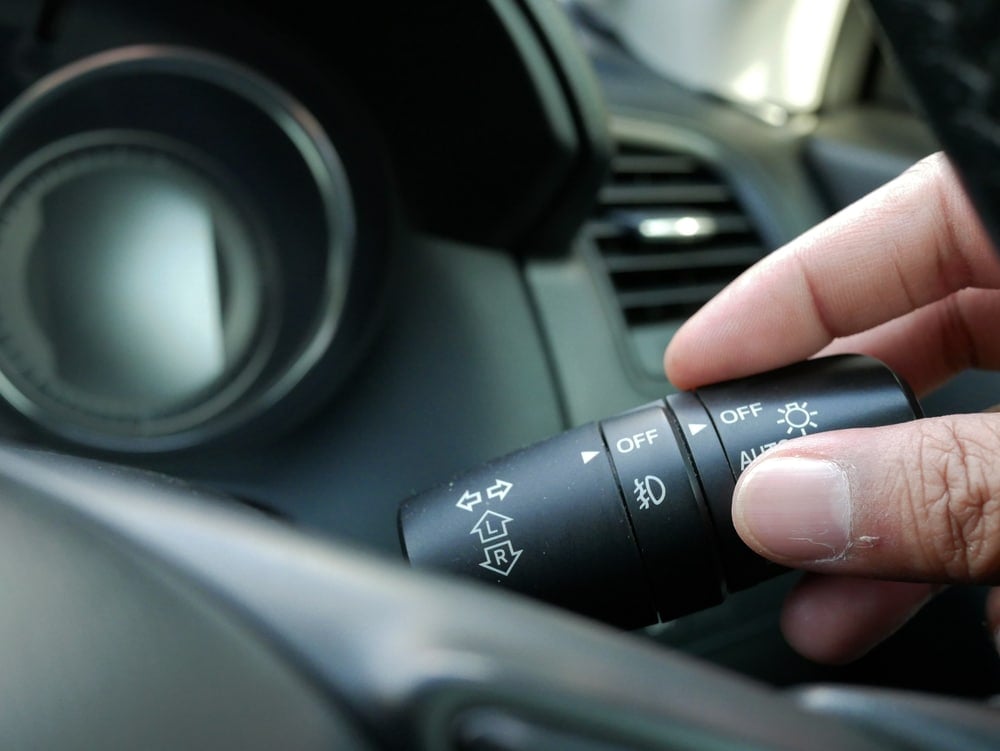
The dimmer or headlight switch is known to go bad after many years of use. This electronic part is responsible for controlling all of the headlight functions, leaving you without light when it fails.
Without the switch, you may only lose low or high beams, although there are times when both will be affected. Replacing the switch would be the only repair option.
2. Bad Headlight Relay
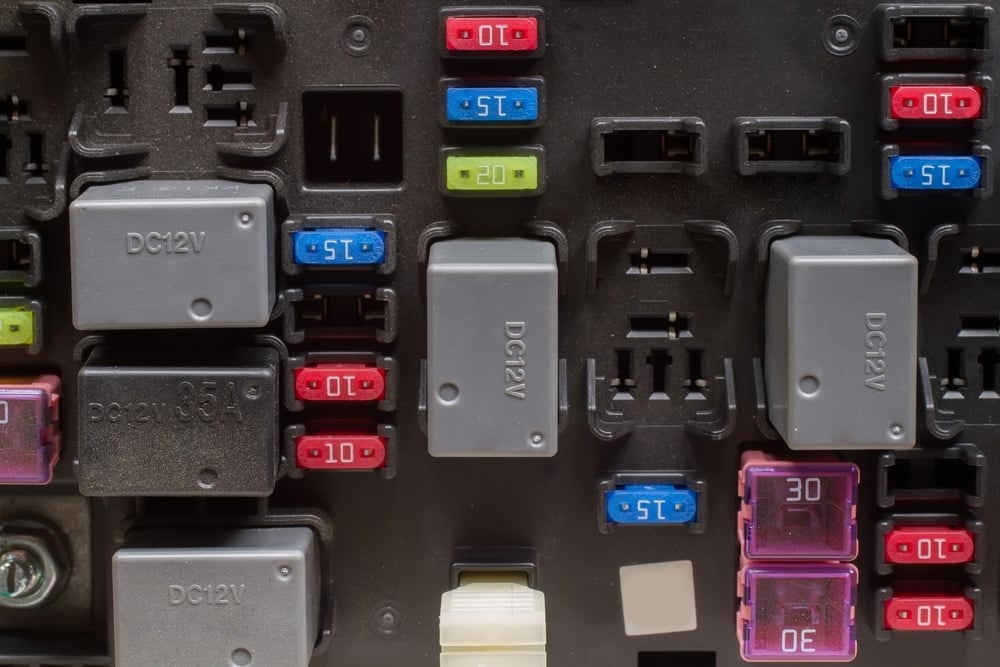
The headlight system runs through a relay. This relay is responsible for controlling both the low and high beam headlights.
If the relay fails, both headlights usually stop illuminating at the same time. It can be difficult to determine if the switch or relay is to blame since the problems are similar.
3. Bad Bulbs
In most cases, the bulbs aren’t going to fail at exactly the same time. Usually, one burns out before the other. However, you don’t want to overlook the possibility that the bulbs have failed.
If you’ve just purchased new bulbs and they don’t work, there could be a defect with them. Consider returning them for a refund and trying again.
4. Faulty Wiring
The headlight sockets are connected to the system through a series of wires. Over the years, wires naturally wear out and become frayed or damaged. It’s also possible that a rodent has chewed through some of the necessary wiring.
Without a proper connection to the electrical system, the bulbs can’t shine. If the wires are only slightly worn, the lights might flicker until the problem becomes worse. This would be a warning sign to get it resolved sooner than later.
5. Blown Fuses

The other aspect of the electrical system is the fuses. Everything electrical runs through the fuses, which is designed to prevent overload.
When a fuse blows, power can’t be sent to the headlights. You may recognize the problem if other components are running through the same fuse and those parts don’t work either.
6. Wrong Bulb Types
When you replace the bulbs, you may run into trouble unless you purchase the right set. Headlight bulbs are not universal, so you have to make sure you get what’s compatible with your vehicle.
Not only do you need to get the right size, but there are different kinds. You don’t want to replace halogen bulbs with Xenon or LED unless the system is set up for it.
7. Bad Or Corroded Bulb Sockets
The area where the bulb screws into the assembly is known as the socket. Because of where it’s located, the sockets endure a lot of heat. Corrosion is possible at the socket, which would cause trouble with the electrical connection.
It’s not as likely that both sockets would fail at the same time. For this reason, a corroded socket normally causes one bulb to go out first.
How To Fix Both Headlights Not Working
The only way to ensure that the proper repair occurs is to start with a complete diagnostic evaluation. By taking time to figure out what’s wrong, you’ll know what needs to be replaced or repaired. Here are a few possibilities.
1. Inspect & Replace Headlight Switch
When the switch fails, you will have trouble running the headlights, either low or high beams. You may also have trouble switching between the various settings.
To replace a headlight switch, you may spend $150 to $300 on parts and labor. However, if you can do it yourself, you can save on labor costs.
2. Inspect & Replace Headlight Relay
To test the headlight relay, you can listen for the clicking sound that occurs when activating the lights. If you don’t hear this click, it’s possible the relay is bad. You can also check it with a multimeter.
Replacing a headlight relay is often cheaper than the switch. It may only cost you $50 to $150 for the parts and labor.
3. Inspect Headlight Bulbs
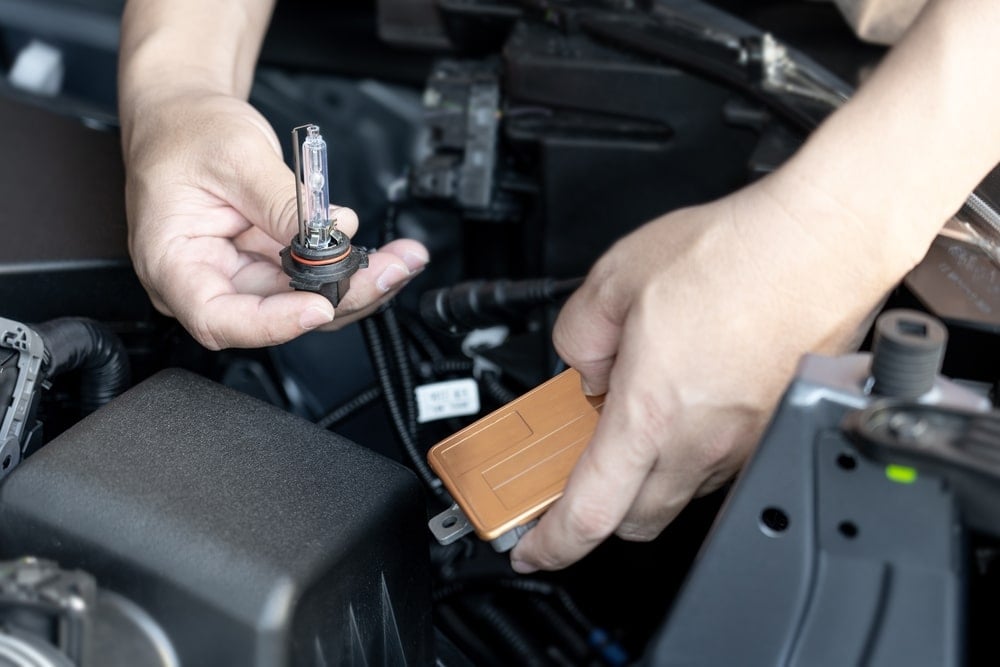
Your next step is to check and replace the bulbs. While it’s unlikely both have gone out at the same time, you may not have noticed that one was out until the other failed.
- Take out the non-working bulbs.
- Purchase compatible bulbs to replace the old ones.
- Put in new bulbs, but don’t touch them with bare hands.
- Test out the bulbs to see if they work.
Halogen bulbs aren’t going to cost a lot. If you use Xenon or LED bulbs, they are more costly but also last longer.
4. Check Wiring
Automotive wiring can be difficult to work with unless you are experienced. When the headlights go out, it’s important to inspect all of the wiring and the connectors.
If you see any wires broken, torn or melted, go ahead and replace them. Don’t forget to replace any defective connectors at the same time.
5. Replace Bad Fuses
Replacing a bad fuse isn’t a tough job. First, you have to find the fuse that runs the headlights. It can be located by examining the legend that’s inside the fuse box door.
Your test light helps you determine which ones aren’t working. You can also pull the fuse to see if the wire inside is broken. When you replace a fuse, you won’t spend more than a few dollars, but you must make sure it’s a direct replacement.
6. Check Bulb Type and Bulb Sockets
If you’ve just replaced the bulbs and they don’t work, consider that you have the wrong type. Check the size and type to ensure it’s compatible.
If that’s not the problem, check the sockets for corrosion. With an electrical contact cleaner, you can get rid of corrosion quickly. A wire brush is also helpful when the corrosion is heavy.
7. Contact a Professional
It’s not difficult to replace a headlight bulb in most cars. You should be able to do this yourself, along with many of the other procedures. However, if anything ever feels too advanced for you, it’s okay to seek professional help.
Novice mechanics aren’t always comfortable replacing wiring and this is understandable. A lot can go wrong if the wiring isn’t fixed right. Save yourself some headaches and take your car to a local shop when it’s best.
Can a fuse cause both headlights to go out?
Yes, many headlight fuses run both. When the fuse is blown, both headlights can fail. You may also notice that the lights lose both low and high beam capability. Use a test light to check the fuse or pull it to see if the wiring inside is broken. Replace it with a compatible fuse of the same rating.
Does each headlight have its own relay?
With most cars, the relay operates the low and high beams of both bulbs. For this reason, when the relay fails, both headlights will lose either low or high beams, but not usually both. Replacing a relay isn’t a big deal and it tends to be an inexpensive job on most vehicles.
Why would both headlights suddenly go out?
Usually, it’s caused by a mechanical failure. The most probable causes are either a defective relay or switch. You can troubleshoot both to see which one needs to be replaced, as they come with similar symptoms.
How much does it cost to replace headlight wiring?
It depends on how much wiring needs to be replaced. If you are only replacing a small section of wire, you may spend less than $50. However, electrical problems can quickly add up to expensive repair bills, especially if a rodent chewed through a massive amount of wire.
How much does it cost to replace a headlight switch?
A new headlight switch might cost $150 to $300 to replace at a repair shop. The new switch may only make up about $10 to $150 of that cost, while the rest is labor. If you can replace it yourself, you will save money. However, some cars have advanced switches, which can easily cost much more.
Without working headlights, you are in a lot of danger on the road. Before you head out for a nighttime drive, it’s important to fix the headlights first. Otherwise, an accident is imminent and you could be pulled over by the police.
We outlined some of the most probable causes, making it easier for you to figure out what’s wrong. We also showed you how to fix the headlights, so you have no excuses for driving without the bulbs. At the first sign of trouble with your car’s headlights, take steps to correct the problem and keep everyone safer.
Learn more:
- One Low Beam Headlight Not Working: Causes & Fixes
- 10 Best Headlight Restoration Kits
- How To Remove Moisture From Headlights (& Prevent it)
Categories: Electric, Troubleshooting
